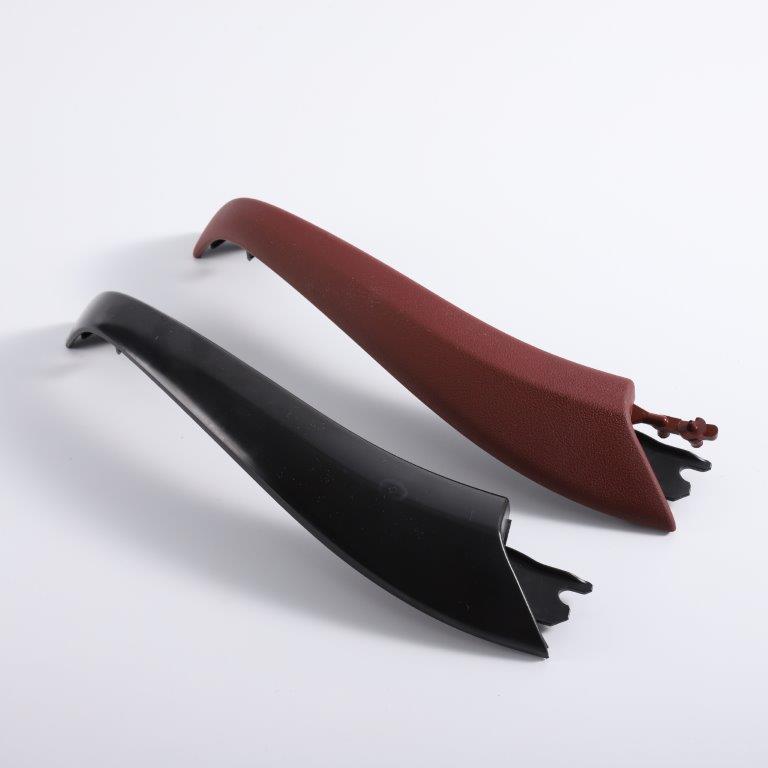Surface screen printing of paper mould packaging products
The screen printing method is to adjust the thick ink on the screen plate, then use the squeegee to contact with the screen plate to form a certain angle, and move while applying pressure, so that the ink is leaked through the screen plate. On the substrate.
The manual screen printing method employs a scraper, which simultaneously completes both the squeegeeing and scraping. Mechanical screen printing must have two scrapers for squeegee and squeegee, two squeegees for alternate reciprocating motion, squeegee squeegees for extruding ink and printing, and the return squeegee squeegee is lifted off the screen. In order to make the squeegee squeegee re-squeegee with enough ink, the squeegee scrapes the ink back to the initial position of the ink, so that printing can be continued.
The main features of screen printing are simple plate making and printing methods, low investment in equipment, low cost, suitable for small batch production, and printing of curved surfaces, spherical surfaces, and fragile materials, regardless of the type, size and shape of the substrate. It is also suitable for the surface printing of paper mold packaging products with more structural shape changes, and its printed ink layers are thick, colorful, three-dimensional and have strong hiding power. Therefore, a small screen printing apparatus can be used to print the surface of a paper mold packaging product.



